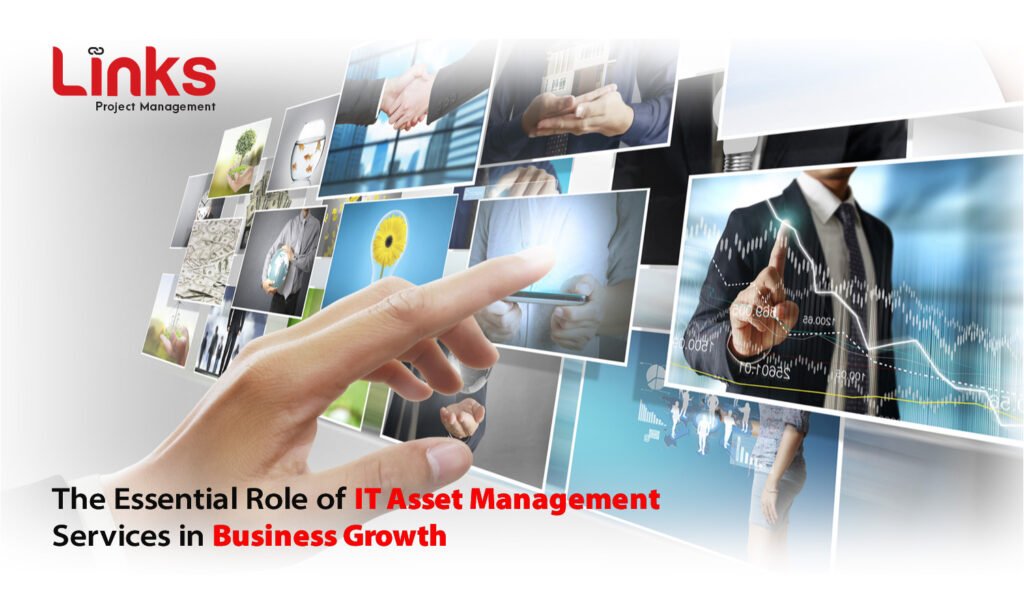Challenges in Warehouse Management and How to Overcome Them with Asset Management
Warehouse management is a critical component of supply chain logistics, playing a vital role in ensuring that goods are stored, tracked, and shipped efficiently. However, it comes with its own set of challenges that can impede productivity and affect overall business performance. Common Challenges in Warehouse Management 1. Inefficient Inventory Management One of the most significant challenges in warehouse management is maintaining accurate inventory levels. Poor inventory management can lead to overstocking, stockouts, and increased holding costs. Inaccurate data can result from manual entry errors, mislabeling, or outdated information. Solution: Implementing an advanced Warehouse Management System (WMS) can streamline inventory tracking. These systems allow for real-time data updates, enabling better visibility into stock levels and reducing the likelihood of errors. 2. Lack of Space Optimization Warehouses often face issues related to space utilization. Poor layout and organization can lead to wasted space and inefficient workflows. When inventory is not stored logically, it becomes challenging to retrieve items quickly, slowing down order fulfillment. Solution: Conducting a thorough analysis of warehouse layout and employing asset management strategies can help optimize space. Techniques such as ABC analysis (classifying inventory based on value) and implementing vertical storage solutions can maximize space utilization. 3. Inefficient Labor Management Labor costs represent a significant portion of warehouse operating expenses. Inefficient labor management can lead to increased costs and lower productivity. Common issues include inadequate staffing, lack of proper training, and poor communication among team members. Solution: Utilizing asset management tools to monitor employee performance and workload can enhance labor efficiency. By tracking key performance indicators (KPIs) such as pick rates and order accuracy, managers can make data-driven decisions regarding staffing and training needs. 4. Challenges with Order Fulfillment Meeting customer expectations for fast and accurate order fulfillment is crucial in today’s competitive landscape. Delays and inaccuracies can lead to dissatisfied customers and lost sales. Solution: Integrating asset management with inventory management systems can facilitate faster order processing. By automating order picking and packing processes, warehouses can enhance accuracy and speed, leading to improved customer satisfaction. 5. Poor Visibility and Tracking Lack of visibility into inventory and asset locations can lead to inefficiencies. Without real-time tracking, employees may spend valuable time searching for items or may be unaware of stock shortages until it’s too late. Solution: Implementing barcode scanning or RFID technology can improve tracking accuracy. Coupling this technology with asset management solutions allows for real-time visibility into inventory levels and locations, significantly enhancing operational efficiency. 6. Safety and Compliance Issues Safety regulations in warehouses are paramount to protect employees and maintain compliance with industry standards. However, many warehouses struggle with adhering to safety protocols, leading to accidents and potential legal liabilities. Solution: Asset management systems can help monitor compliance with safety standards by tracking equipment maintenance schedules and training certifications for employees. Regular audits and training programs can also be managed through these systems to ensure a safe working environment. The Role of Asset Management in Overcoming Warehouse Challenges Asset management encompasses a wide range of processes and tools designed to optimize the use of a company’s assets. When integrated into warehouse management, asset management can provide the following benefits: Enhanced Inventory Control Effective asset management solutions provide real-time data on inventory levels, enabling better control over stock. By tracking the movement of goods throughout the warehouse, businesses can minimize losses and avoid stockouts or overstocking situations. Improved Workflow Efficiency Asset management tools can help streamline workflows by analyzing data on product movement and employee performance. By identifying bottlenecks in processes, managers can implement targeted strategies to improve efficiency and reduce operational costs. Better Resource Allocation With a comprehensive view of asset utilization, warehouse managers can make informed decisions about resource allocation. This includes optimizing labor schedules, reallocating equipment, and identifying underutilized assets for better performance. Increased Accountability Asset management systems can enhance accountability among employees by tracking individual performance metrics. By setting clear expectations and providing data on performance, managers can foster a culture of accountability and continuous improvement. Data-Driven Decision Making Leveraging data analytics within asset management can lead to more informed decision-making. By analyzing trends and performance metrics, managers can identify areas for improvement, forecast future needs, and make strategic adjustments to operations. Streamlined Maintenance and Compliance Regular maintenance of equipment is essential for safety and efficiency. Asset management systems can automate maintenance schedules, ensuring that equipment is serviced timely and complies with safety regulations. This proactive approach minimizes downtime and enhances overall warehouse operations. Final Thoughts Warehouse management is fraught with challenges, but by integrating effective asset management practices, businesses can overcome these hurdles and achieve greater operational efficiency. From improving inventory control to enhancing labor management and ensuring compliance, asset management offers a comprehensive framework for optimizing warehouse performance. Links Project Management is the best warehouse management company in Dubai, providing the expertise and tools necessary to tackle these challenges. By investing in the right technology and strategies, organizations can effectively address current issues and position themselves for future growth in a competitive market. Embracing these solutions will ultimately lead to improved customer satisfaction, reduced costs, and a more resilient supply chain. With Links Project Management, warehouses in Dubai can achieve streamlined operations and greater efficiency, paving the way for long-term success.



